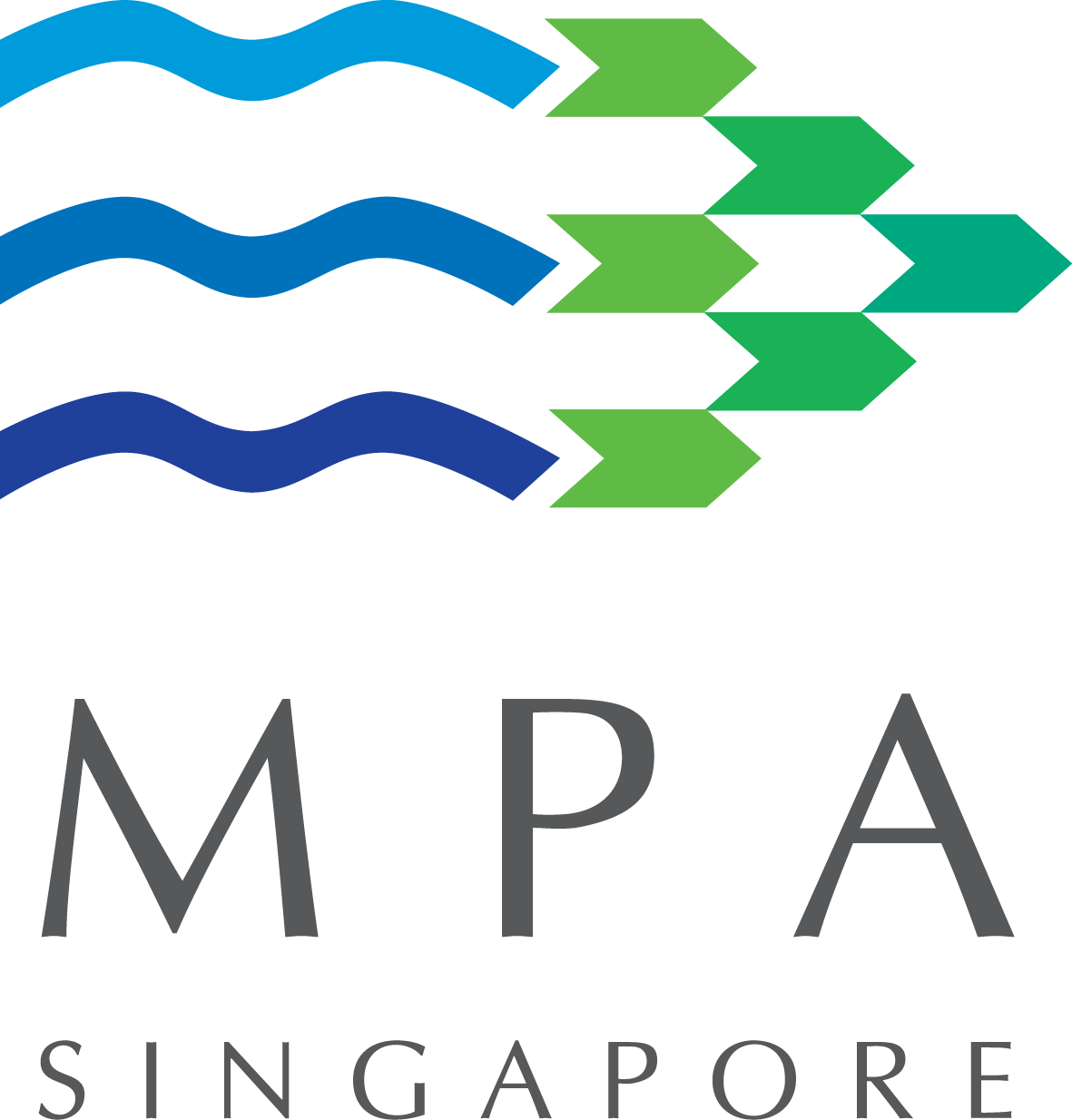Declaring Dangerous Goods
Procedure for declaration of dangerous goods
- (a) the owner, agent or master of any vessel arriving in port and carrying dangerous cargoes to provide the following information and in accordance with the timelines stipulated below, pursuant to Regulation 40(1)(c) of the MPA (Dangerous Goods, Petroleum and Explosives) Regulations 2005; and
- (b) the owner, agent or master of a vessel onto which dangerous goods are intended to be loaded to give notice of that intention to the Port Master in accordance with the timelines stipulated below, pursuant to Regulation 44(4) and 44(5) of the MPA (Dangerous Goods, Petroleum and Explosives) Regulations 2005.
*In the event that the online platforms are down, Please contact MPA’s Hazardous Cargo Section via email hazmat@mpa.gov.sg
2. Pursuant to Regulation 40(1)(c) of the MPA (Dangerous Goods, Petroleum and Explosives) Regulations, for each of the dangerous goods, the additional documents listed below shall be submitted with the Dangerous Goods (DG) declaration to hazmat@mpa.gov.sg.
- Ammonium Nitrate (UN No. 1942, 2067 & 2426)
Certificate of Analysis (COA) issued by a body deemed competent by the Authority. The percentage of total combustible matter (including organic matter calculated as carbon) must be clearly stated in the certificate.
- Radioactive Material (IMO Class 7 cargo; excluding nuclear material* under “Convention on the Physical Protection of Nuclear Material”)
- An approval from the National Environment Agency (NEA), Radiation Protection and Nuclear Science Group (RPNSG) is required for transhipment or transit of any radioactive material.
- The application form for approval to tranship or transit radioactive material can be downloaded from NEA ePortal > Categories > Radiation Safety. The completed form must be submitted with the following documents to NEA_RPNSD_Tranship_Transit@nea.gov.sg.
- Shipping documents
- Shipper’s declaration for dangerous goods
- Source certificate
- Packaging certificate
- Overseas consignee’s and consignor’s licence
- For enquires on transhipment and transit of radioactive material, please send to NEA_RPNSD_Tranship_Transit@nea.gov.sg
- Nuclear Material* (IMO Class 7 cargo) under “Convention on the Physical Protection of Nuclear Material”
- A licence from the National Environment Agency (NEA), Radiation Protection and Nuclear Science Group (RPNSG) is required for all transit of nuclear material* through Singapore. You may apply the licence for the transit of nuclear material via GoBusiness ,under “IR5A/B/C Licence to import or export a consignment of radioactive materials, or to transit or tranship a consignment of nuclear material”.
- For enquires on transit or transhipment of nuclear material*, please send to NEA_RPNSD_Tranship_Transit@nea.gov.sg.
Note: * Nuclear material is as defined in the Radiation Protection Act (RPA) under section 28(1) of the Radiation Protection Act, as stipulated via link.
3. For storage of Dangerous Goods (DG) at terminals, port users should enquire with the relevant terminal operators and obtain their approval where necessary.
Q1: What is the “Grouping Classification” of a Dangerous Good (DG)? |
| A1: MPA adheres to the International Maritime Dangerous Goods (IMDG) Code on the transportation and storage of Dangerous Goods (DG) for sea transportation. With effect from 31 Jan 2005, enquiries regarding “Group Classification” of Dangerous Goods (DG) (i.e. PSA Group 1S, 2S, 3 etc.) for storage and handling at terminals, please direct them to the respective terminals, e.g. PSA or Jurong Port terminals. |
Q2: What is the weight limitation of First Schedule Dangerous Goods (DG)? |
| A2: The weight limitation on First Schedule DG can be found in “Appendix 2 - Quantity of First Schedule Dangerous Goods Which May Remain on Board Any Vessel at Any Jurong Port Container Berth, PSA Container Berth, Conventional Berth, the Tuas Jetty or the Sudong Explosive Anchorage”. |
Q3: I’m unsure whether my commodities are classified as Dangerous Goods (DG) or general cargo? |
| A3: Please seek clarification with your shipper or the manufacturer of the cargo first. |
If the cargo’s Safety Data Sheet is unclear or may require technical interpretation, please obtain a complete Safety Data Sheet (SDS) of the commodity and email to hazmat@mpa.gov.sg for advice/verification.
